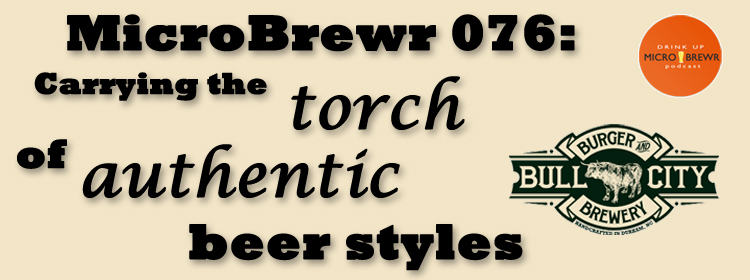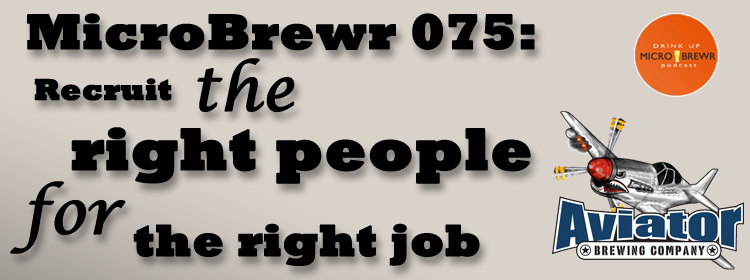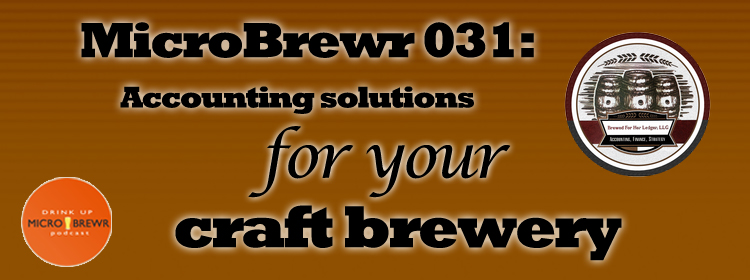MicroBrewr 076: Carrying the torch of authentic beer styles
Podcast: Play in new window | Download | Embed
Subscribe: RSS
After a microbiology degree and studies at the world’s premier culinary college, Seth Gross was working at a restaurant and hanging out at the nearby Goose Island Brewpub. Pretty soon they offered him a job. Today Seth owns his own brewpub, Bull City Burger and Brewery in Durham, North Carolina.
“I have people who will bleed for what we do. And I don’t know how I got so lucky.” [Tweet This]
“The day we opened, the line was out the door and around the corner,” says Seth. The restaurant ran out of food on the first day. “It was a disaster.”
Seth’s ideas for promoting the brewpub before it opened:
- Work with other newly opened, local businesses
- Hold a scavenger hunt for really good discounts.
- Raise awareness and hype on Facebook
In the brewery, “the most important thing is cleanliness. You can have the best ingredients in the world, but if you’re not clean, the beer is just not going to be good,” says Seth. “But you can have average ingredients, and if your brewery is squeaky clean, you can have a very good product at the end.”
On of Seth’s proudest moments is when Julia Herz, from the Brewers Association visited his brewery and said, “This doesn’t smell like a brewery.”
“We work really hard keeping those drains clean and all of that.”
Brewery specs:
Kettle size: 7 BBL.
Size and quantity of fermentation tanks: 4, 7-BBL fermenters; 1, 15-BBL fermenter.
Size and quantity of bright tanks: 5, 7-BBL bright tanks.
Annual brewing capacity/last year’s production: 600 BBL.
Square footage: 300 sq. ft.
Years in operation: 4.5 years (opened March 2011).
Listener question:
From Malin Norman: Why don’t you experiment more?
Can’t-go-without tool:
Mash hoe, custom stainless steel.
Book recommendation:
- The E-Myth : Why Most Small Businesses Don’t Work and What to Do About It by Michael E. Gerber.
Check out the entire list of recommended books, click here.
An upcoming beer style:
Session beer
Other resources:
- Culinary Institute of America, The World’s Premier Culinary College.
- Sahti, BeerAdvocate.
- MicroBrewr 038: Learn the classics and stay true to your genre, MicroBrewr, December 2, 2014.
- Working With Co-Packers – Finding a Co-Packer, Pt 1, Glen Ishikata, Buyer’s Best Friend.
- B Corporation, companies wishing to benefit society as well as their shareholders.
You can reach Seth Gross and Bull City Burger & Brewery at:
- bullcityburgerandbrewery.com
- Facebook: BullCityBurger
- Twitter: BullCityBurger
- Instagram: bullcityburger
Sponsors:
“Fast, reliable, affordable, web hosting.”
Support MicroBrewr
Help keep MicroBrewr on the air. CLICK HERE for ways you can help.











